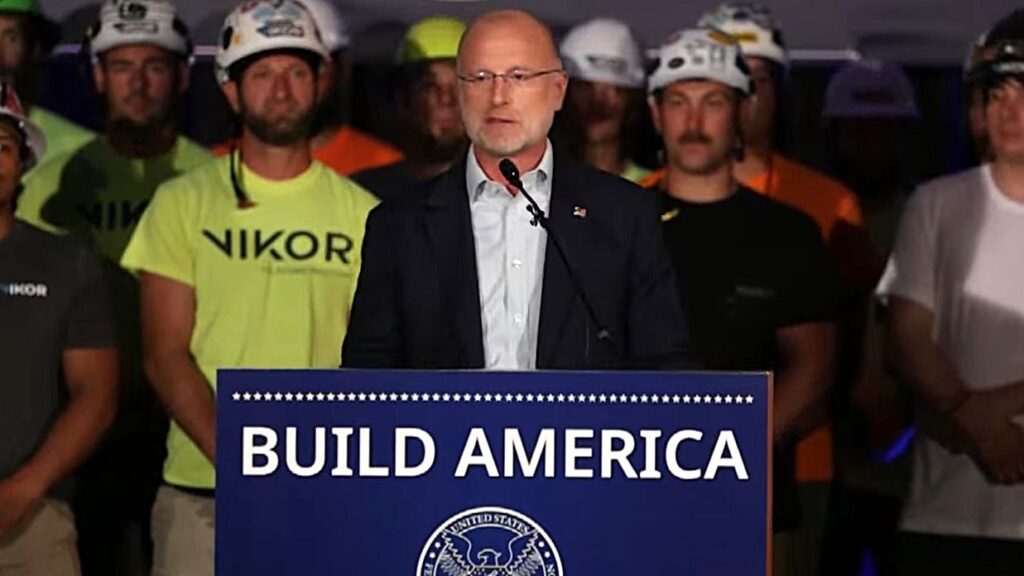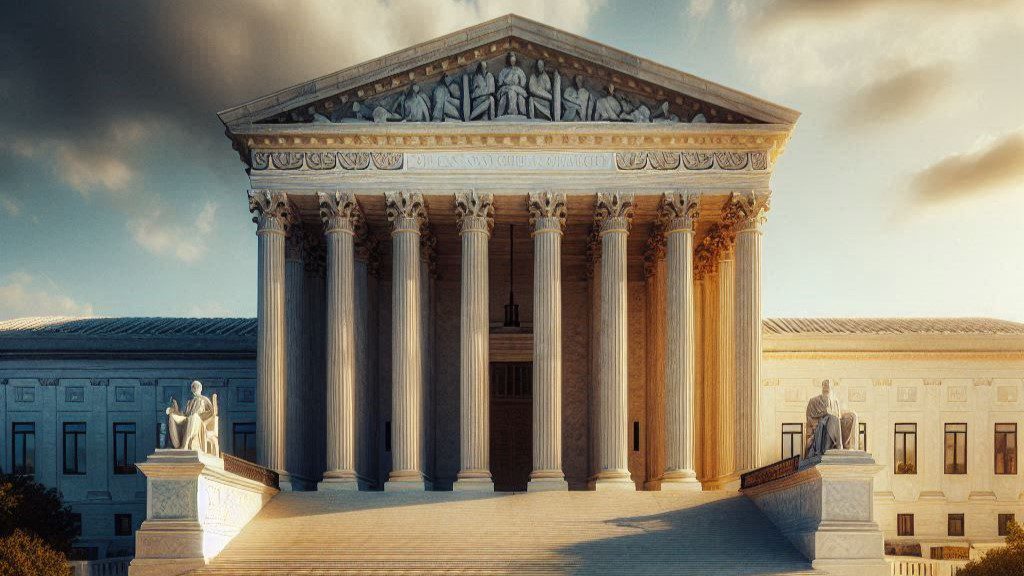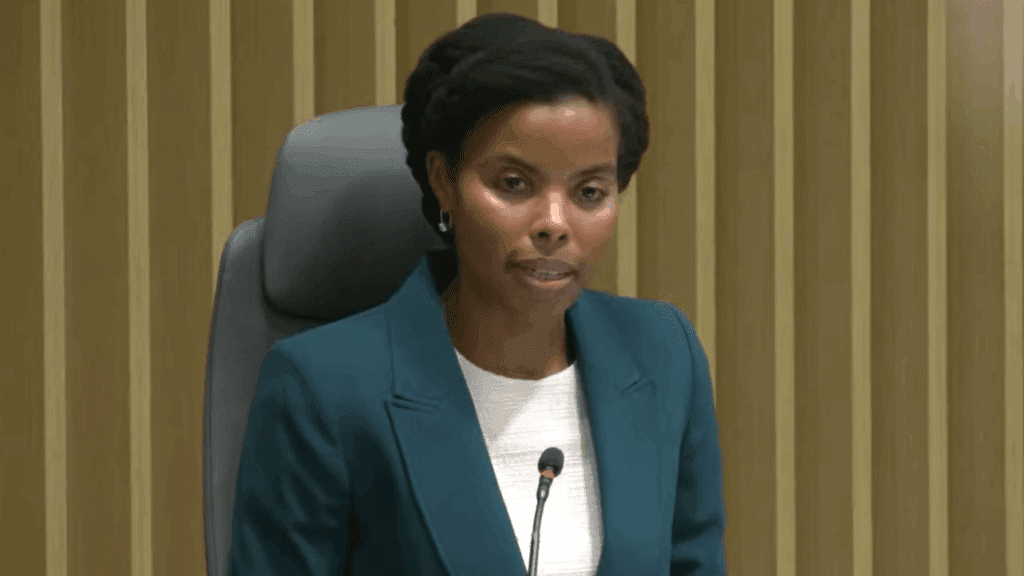Some Suggestions for Achieving RDOF Long-Form Transparency
Randy Sukow
|

A week after NRTC and NRECA submitted a paper to the FCC pointing to flaws in the Rural Digital Opportunity Fund (RDOF) reverse auction, other organizations have aired similar reservations. There is widespread concern that some of the winning bidders did not have the technical and/or financial qualifications to participate and that the areas they have agreed to serve could be left without true broadband service for years to come.
Much of the attention has been on fixed wireless access (FWA) bidders who participated in the auction’s Gigabit tier. There has been little reaction to the claims that they would be unable to build and maintain gigabit service using wireless technology. The Wireless Internet Service Providers Association (WISPA) in a letter (PDF) to the FCC ask it to “resist efforts to pre-judge certain applicants or applications.”
At the same time, WISPA echoed Gigabit FWA critics by asking the Commission “to thoroughly review long-form applications to determine whether auction winners are ‘reasonably capable’ of meeting their performance obligations.”
But what would a thorough and transparent long-form review look like?
NTCA–The Rural Broadband Association has proposed three steps the Commission should take while it reviews RDOF long-form applications. First, it should refer to “published objective technical standards supported by sound engineering principles and real-world experience” during all reviews, said Michael Romano, NTCA Senior VP, Industry Affairs and Business Development in an ex parte letter (PDF). The association calls on the FCC to publish the recently completed long-form applications and openly apply accepted technical standards to the review.
Next, NTCA asked the FCC to allow third parties to comment on details in the long forms. Outside reviews would be “on a relatively expedited basis to solicit input from parties such as outside engineers with field experience in network design and deployment,” Romano said. He recognized that some long forms could include sensitive and proprietary information but suggested that the FCC’s existing protective order processes should be adequate for protecting that information.
Finally, Romano called for the FCC to publish the rationales for its eventual long-form evaluation conclusions. The FCC should provide “at a minimum, a written explanation as to why it found each applicant to possess the managerial, financial and operational qualifications necessary to perform as promised,” he said.


